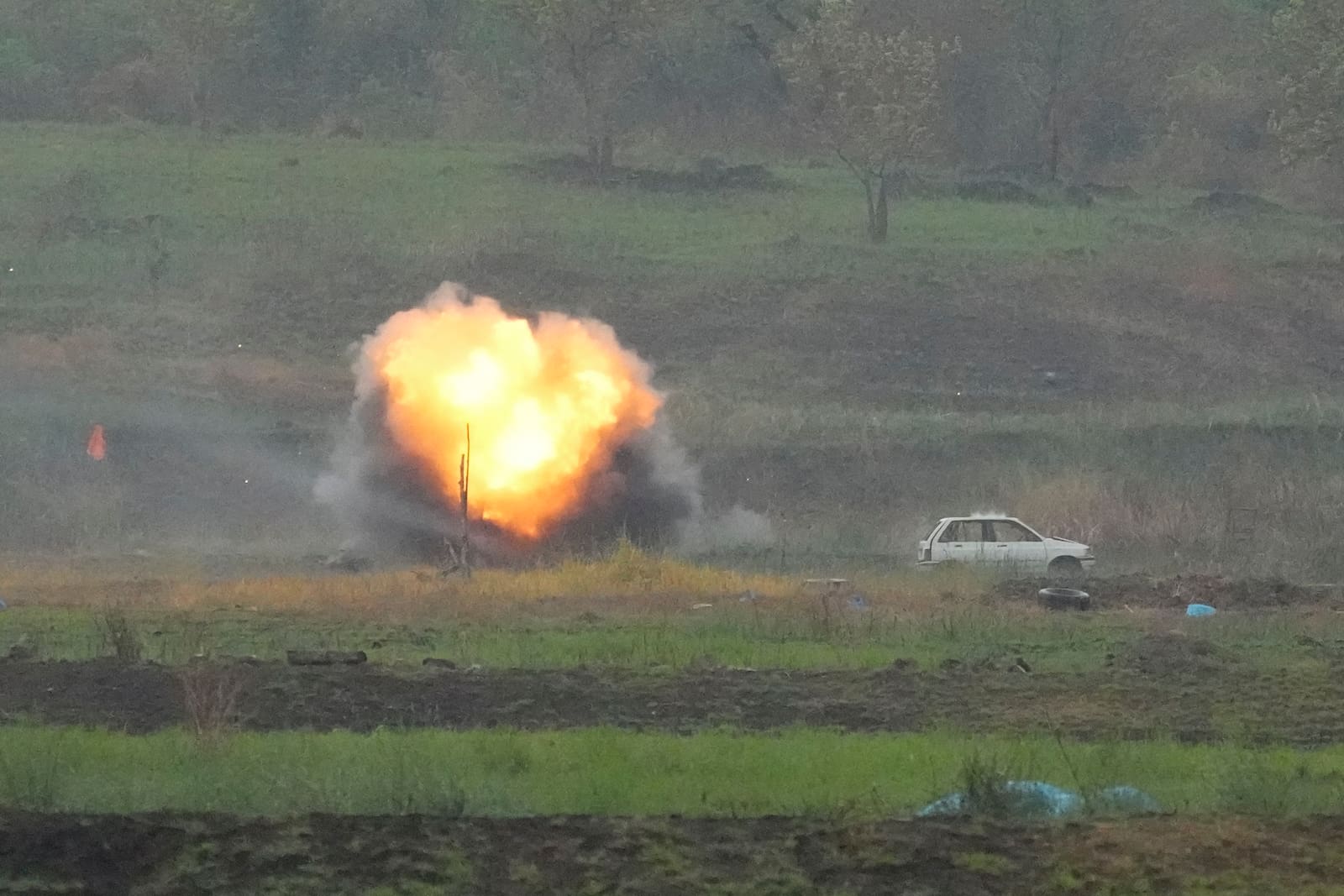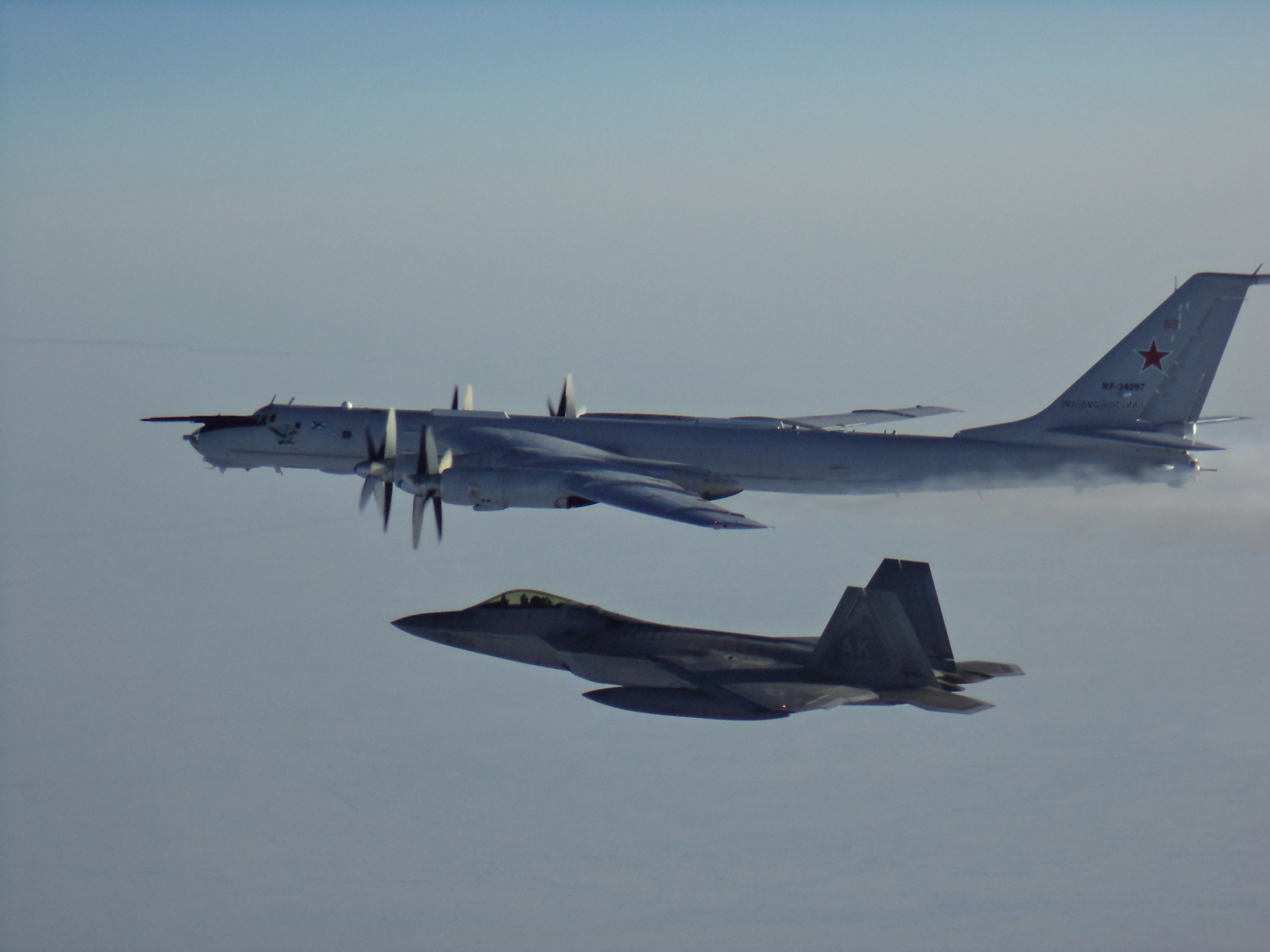Philippines And US To Conduct Super Bowl-Scale Balikatan Military Drills

Table of Contents
Unprecedented Scale and Scope of Balikatan Military Drills
The 2024 Balikatan Military Drills represent a dramatic escalation in scale and scope compared to previous exercises. The sheer number of personnel and equipment involved truly justifies the "Super Bowl-scale" comparison.
Number of Participating Personnel and Equipment
This year's Balikatan exercises will see a significant surge in participation. The numbers are expected to dwarf those of previous years, showcasing the commitment of both nations to enhanced military cooperation.
- US Personnel: Estimates suggest over 17,000 US military personnel will participate.
- Philippine Personnel: The Philippine Armed Forces will contribute a similarly large contingent, exceeding 12,000 personnel.
- Naval Vessels: The joint exercises will involve a significant number of naval vessels, including aircraft carriers, destroyers, and amphibious assault ships, enhancing maritime capabilities.
- Aircraft: Dozens of fighter jets, transport aircraft, and helicopters will participate in various aerial exercises.
- Ground Vehicles: A large fleet of armored vehicles, tanks, and support vehicles will be deployed for land-based training.
Compared to previous Balikatan exercises, which typically involved a few thousand personnel and fewer assets, this year’s scale represents a substantial increase, showcasing the deepening relationship between the two countries and their mutual commitment to security.
Geographic Reach of the Drills
The drills will take place across a wider geographical area than in previous years. Strategic locations across the Philippine archipelago will be utilized, highlighting the exercises' importance for regional security.
- Luzon Island: Major training will occur on Luzon, encompassing both land and maritime exercises, strategically positioned to address threats in the South China Sea.
- Visayas Region: Amphibious landing exercises and humanitarian assistance and disaster relief (HADR) training are anticipated in the Visayas, enhancing the capabilities of both militaries in these crucial areas.
- Mindanao: While specifics may be limited for operational security reasons, Mindanao’s inclusion underscores the commitment to addressing a range of security concerns across the archipelago.
These locations are critical due to their proximity to potential conflict zones and their strategic importance in maintaining regional stability.
Types of Military Training Involved
The Balikatan exercises will feature a diverse range of military training, demonstrating the comprehensive nature of this strengthened partnership.
- Amphibious Landings: These exercises are crucial for projecting power and responding to potential threats from the sea.
- Live-Fire Exercises: Sharpening marksmanship and combat coordination skills.
- Cyber Warfare Simulations: Addressing the growing importance of cyber security in modern warfare.
- Combined Arms Operations: Integrating air, land, and sea forces for coordinated responses.
- Humanitarian Assistance and Disaster Relief (HADR): Enhancing the capacity of both militaries to respond to natural disasters and humanitarian crises.
Strategic Implications of Enhanced US-Philippines Military Cooperation
The enhanced military cooperation exemplified by the Balikatan drills carries profound strategic implications for the region.
Strengthened Alliance Against Regional Threats
The significantly larger Balikatan exercises are a clear demonstration of the strengthened alliance between the US and the Philippines, particularly in the face of increasing pressure from China in the South China Sea. The joint drills serve as a deterrent to potential aggression and a clear message of commitment to mutual defense.
- South China Sea Disputes: The exercises directly address concerns over China's assertive actions in the South China Sea, including its territorial claims and militarization of artificial islands.
- Regional Stability: The drills aim to maintain stability and deter any potential escalation of tensions in the region.
- Collective Security: The enhanced partnership acts as a crucial component of a broader strategy to uphold international law and freedom of navigation in the region.
Increased US Military Presence in the Region
The increased US military presence accompanying the Balikatan drills has significant implications for the regional balance of power.
- Deterrence: A stronger US presence acts as a deterrent against potential aggression.
- Alliance Reassurance: It reassures the Philippines and other regional allies of US commitment to their security.
- Potential for Increased Tensions: However, the increased presence may also lead to heightened tensions with China.
Modernization of the Philippine Military
The Balikatan exercises provide invaluable opportunities for modernizing and enhancing the capabilities of the Philippine Armed Forces.
- Technology Transfer: Joint training allows for the transfer of advanced military technologies and tactics from the US to the Philippines.
- Interoperability: The drills enhance interoperability between the two militaries, improving their ability to operate together effectively.
- Capacity Building: The exercises improve the capacity of the Philippine military to respond effectively to a variety of threats.
Public Opinion and Domestic Reactions to Balikatan Military Drills
The Balikatan Military Drills generate diverse reactions both domestically within the Philippines and internationally.
Support and Opposition Within the Philippines
Public opinion on the Balikatan drills is divided, reflecting the complex political landscape of the Philippines.
- Pro-US Sentiment: Many Filipinos support the alliance with the US, viewing it as crucial for national security.
- Anti-US Sentiment: Others are wary of the increased US military presence, concerned about potential entanglement in regional conflicts.
- Political Implications: The differing opinions have significant implications for the Philippine government's foreign policy decisions.
International Reactions and Geopolitical Implications
The large-scale Balikatan exercises have drawn international attention, sparking reactions from various countries and organizations.
- China's Response: China has typically expressed strong disapproval of the drills, viewing them as provocative.
- ASEAN Response: ASEAN members have expressed varying levels of concern, highlighting the delicate balance of power in the region.
- International Organizations: International organizations have monitored the drills closely, emphasizing the importance of maintaining regional peace and stability.
Conclusion
The unprecedented scale of the Balikatan Military Drills signifies a significant deepening of the US-Philippines alliance and a robust response to evolving regional security challenges. These “Super Bowl-scale” joint exercises demonstrate a clear commitment to mutual defense and regional stability. Understanding the strategic implications of these drills, from enhanced military capabilities to navigating complex geopolitical dynamics, is crucial. Stay informed on the latest developments regarding the Balikatan Military Drills and their impact on the region. Follow our updates for continued coverage of this pivotal military exercise and its significance for the future of the US-Philippines relationship. Learn more about the impact of the Balikatan military exercises on regional security by exploring further resources.

Featured Posts
-
 Sofrep Evening Brief Israel Yemen Missile Intercept Russia Bans Amnesty International
May 20, 2025
Sofrep Evening Brief Israel Yemen Missile Intercept Russia Bans Amnesty International
May 20, 2025 -
 How Hmrc Is Using Voice Recognition To Reduce Call Waiting Times
May 20, 2025
How Hmrc Is Using Voice Recognition To Reduce Call Waiting Times
May 20, 2025 -
 Nyt Mini Crossword Answers April 13th Solutions
May 20, 2025
Nyt Mini Crossword Answers April 13th Solutions
May 20, 2025 -
 Nyt Crossword Answers For April 25 2025 Complete Solutions
May 20, 2025
Nyt Crossword Answers For April 25 2025 Complete Solutions
May 20, 2025 -
 Jutarnji List Nova Drama Najboljeg Hrvatskog Dramskog Pisca
May 20, 2025
Jutarnji List Nova Drama Najboljeg Hrvatskog Dramskog Pisca
May 20, 2025
